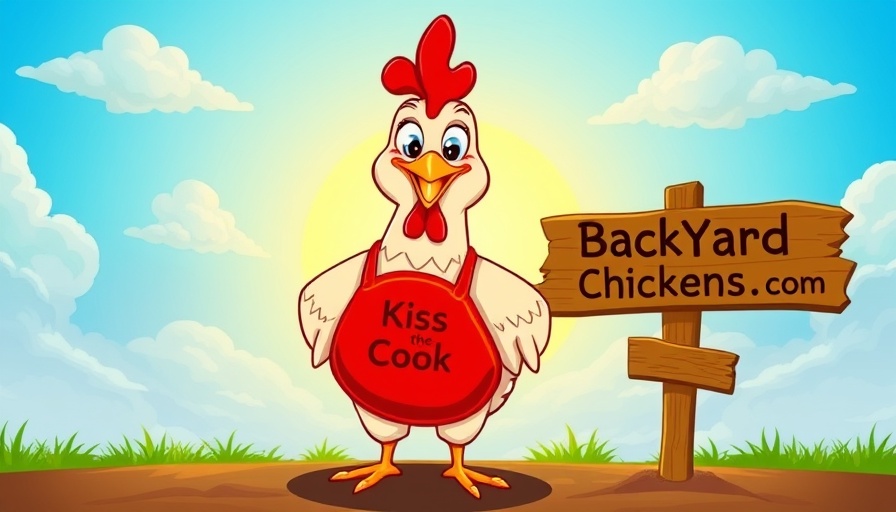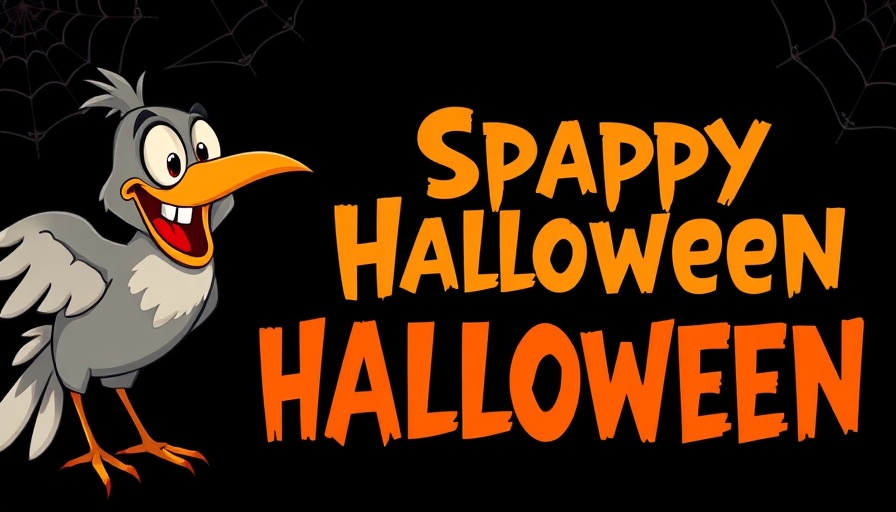
Understanding Sudden Mobility Loss in Ducks
When your duck appears healthy and suddenly collapses, failing to walk can be alarming. This unexpected behavior can signify various health issues, ranging from physical injuries to underlying diseases. Ducks are generally robust creatures, but like all animals, they can experience sudden health crises.
Common Causes of Mobility Issues in Ducks
Several factors could lead to a duck's inability to walk. Avian veterinarians highlight key areas for consideration. Nutritional imbalances, particularly deficiencies in vitamins such as B1 (thiamine) and B3 (niacin), can heavily impact a duck's mobility. These vitamins are crucial for nerve health and muscle function. An equally serious concern includes injuries from predators, falls, or accidents that may go unnoticed until the duck shows symptoms.
Immediate Steps to Take
Assess the situation carefully. Check for visible injuries or signs of distress, such as lethargy or abnormal behavior. If you suspect nutritional deficiencies, consult with an avian veterinarian who specializes in duck care. They can recommend proper dietary adjustments or supplements. Your vet may suggest diagnostic tests to rule out any infectious diseases that could affect mobility, like avian botulism or neurological conditions.
Conclusion: Timing is Essential
In situations of sudden health decline in birds, prompt intervention is crucial. If your duck cannot walk, don't delay in reaching out to a qualified avian veterinarian. Early diagnosis often leads to better outcomes.
 Add Row
Add Row  Add
Add 




Write A Comment